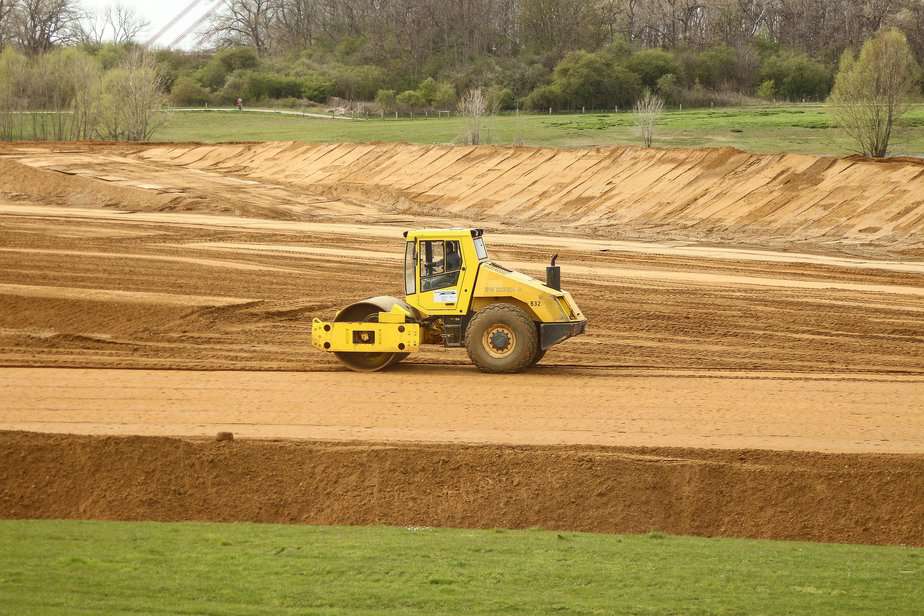
Earth dams on farms represent the age-old human endeavour to harness nature for sustenance.
Farming has always been at the intersection of human ingenuity and nature’s bounty. With the ever-growing demand for food and agricultural products, farmers constantly seek innovative ways to maximize productivity. One such method, prevalent across varying scales of farming, is the use of earth dams. These structures provide a reliable source of water for irrigation, livestock, and in some cases, even aquaculture. However, with increasing concerns about environmental sustainability, it’s vital to ensure that these dams are not only serving our agricultural needs but are also aligned with sustainable water management principles.
Why Earth Dams on Farms?
Earth dams, made primarily from locally sourced materials like clay, silt, and gravel, offer a cost-effective solution for on-farm water storage. They harness runoff, enabling farmers to have a more consistent water supply, especially during dry spells. This not only ensures that crops get the water they need but also helps in mitigating the risks associated with unpredictable weather patterns.
Given their relative simplicity, earth dams can be designed to fit the unique topography and needs of individual farms. This flexibility ensures that the structure is harmonious with the natural landscape, reducing potential environmental disruptions.
The Art of Constructing Earth Dams
Constructing an effective earth dam isn’t just about digging and piling up soil. It requires meticulous planning:
Site Selection: This is the first and most crucial step. The site should ideally be in a natural depression with a good catchment area to ensure maximum water storage.
Soil Analysis: Different soils have varied abilities to retain water. Clayey soils, for example, are more water-retentive than sandy ones. Analyzing the soil helps in deciding the composition of the dam wall to minimize seepage.
Designing the Dam: The design should consider the dam’s height, width, slope, and spillway. An effective spillway ensures that excess water is safely channeled away, preventing erosion and potential breaches.
Sustainable Management of Earth Dams
The benefits of earth dams are undeniable. However, to ensure that they remain a boon and not a bane, sustainable management practices are essential:
Regular Maintenance: Over time, earth dams can suffer from wear and tear. Regular inspections for signs of seepage, erosion, or breaches can prevent potential disasters. Maintaining the vegetation cover, especially grass on the dam wall, can prevent erosion.
Water Quality Monitoring: Especially in the case of dams used for aquaculture, monitoring water quality is vital. Parameters like pH, dissolved oxygen, and nutrient levels need to be checked to ensure a healthy aquatic environment.
Ecosystem Considerations: While an earth dam can create a reservoir that benefits the farm, it can also disrupt local ecosystems. Ensuring there’s a way for aquatic creatures, especially migratory fish, to move upstream or downstream is essential.
Efficient Water Use: Just because there’s a reservoir on the farm doesn’t mean water can be used recklessly. Implementing efficient irrigation methods, like drip irrigation, can ensure that water from the dam is used judiciously.
Community Engagement: In areas where multiple farms might share water resources, it’s essential to engage the community. Ensuring that everyone has equitable access and is on board with sustainable practices can prevent potential conflicts.
The Road Ahead
As we stand at the crossroads of increasing agricultural demands and the undeniable imperative of environmental sustainability, these structures symbolize the balance we need to strike.
By adhering to best practices in construction and management, and by respecting the intricate web of life that water sources sustain, we can ensure that earth dams continue to be an asset for farms. They can be reservoirs not just of water, but of life, harmony, and a testament to sustainable agriculture.
Conclusion
In conclusion, as stewards of the land, it’s incumbent upon us to ensure that innovations like earth dams serve us without compromising the health of the ecosystems we coexist with. By balancing our agricultural needs with sustainable water management, we’re not just ensuring a brighter future for farming but for our planet as a whole.
More reading
8 Steps to Calculate How Much Water You Need in Storage to Achieve Water Security in a Drought

Pingback: How To Prevent Dam Siltation: Strategies And Solutions | Big Ditch Dam Building Company
Pingback: How Many Farm Dams Are There In Australia? | Big Ditch Dam Building Company